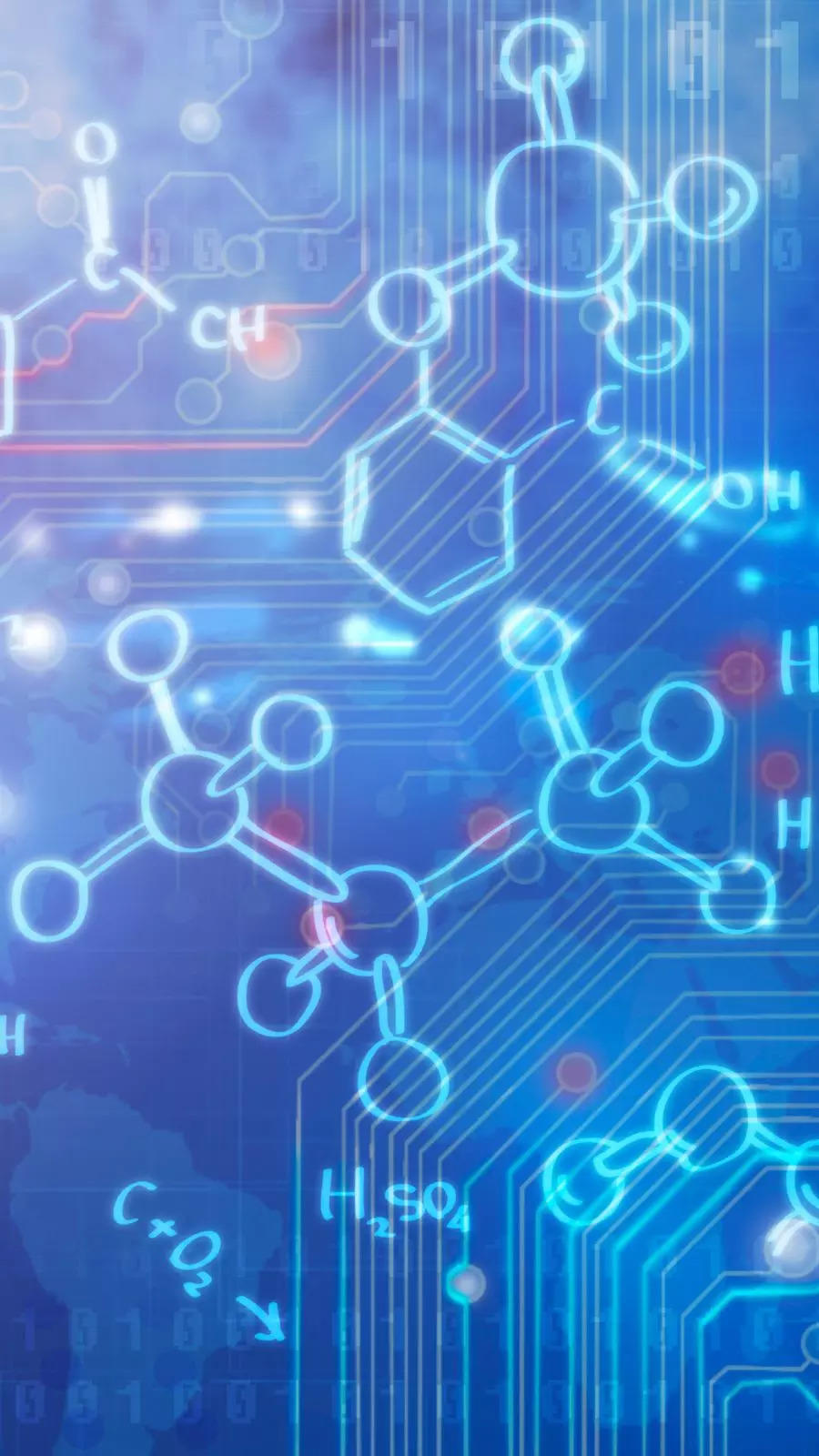
Apr 26, 2024
NEET UG 2024: 10 Key Topics in Chemistry to Score 150+
Ravi ShankarBasic Concepts of Chemistry
This includes topics such as atomic structure, chemical bonding, periodic classification of elements, and chemical reactions. Understanding these fundamentals is crucial for building a strong foundation.
Image Source: Canva
Organic Chemistry
Focus on important topics like the basics of organic chemistry, hydrocarbons, organic compounds containing halogens, oxygen, nitrogen, polymers, and biomolecules. Pay special attention to reactions, mechanisms, and naming conventions.
Image Source: Canva
Inorganic Chemistry
Important topics in this section include the periodic table and periodic properties, chemical bonding and molecular structure, coordination compounds, and metallurgy. Understanding the trends in the periodic table and the properties of different elements is essential.
Image Source: Canva
Physical Chemistry
This section covers topics like chemical equilibrium, thermodynamics, electrochemistry, and chemical kinetics. Make sure to understand the concepts thoroughly and practice numerical problems to strengthen your problem-solving skills.
Image Source: Canva
States of Matter
Focus on the properties of gases, liquids, and solids, as well as concepts like the kinetic theory of gases, ideal and real gases, and the various types of intermolecular forces.
Image Source: Canva
Chemical Kinetics
Understand the rate of chemical reactions, factors affecting reaction rates, rate laws, and mechanisms of chemical reactions. Practice solving problems related to reaction kinetics to improve your understanding.
Image Source: Canva
Thermodynamics
Topics like the laws of thermodynamics, enthalpy, entropy, Gibbs free energy, and spontaneity of chemical reactions are important. Understanding these concepts will help you analyze energy changes in chemical reactions.
Image Source: Canva
Equilibrium
Learn about chemical equilibrium, equilibrium constant, Le Chatelier's principle, and factors affecting equilibrium. Practice solving equilibrium-related problems to master the concepts.
Image Source: Canva
Electrochemistry
Understand concepts related to electrolytes, conductance, electrolysis, electrochemical cells, and Nernst equation. Pay special attention to balancing redox reactions and calculating cell potentials.
Image Source: Canva
Solutions and Colligative Properties
Focus on the properties of solutions, colligative properties such as vapor pressure lowering, boiling point elevation, freezing point depression, and osmotic pressure. Practice solving problems involving these properties.
Image Source: Canva
Thanks For Reading!